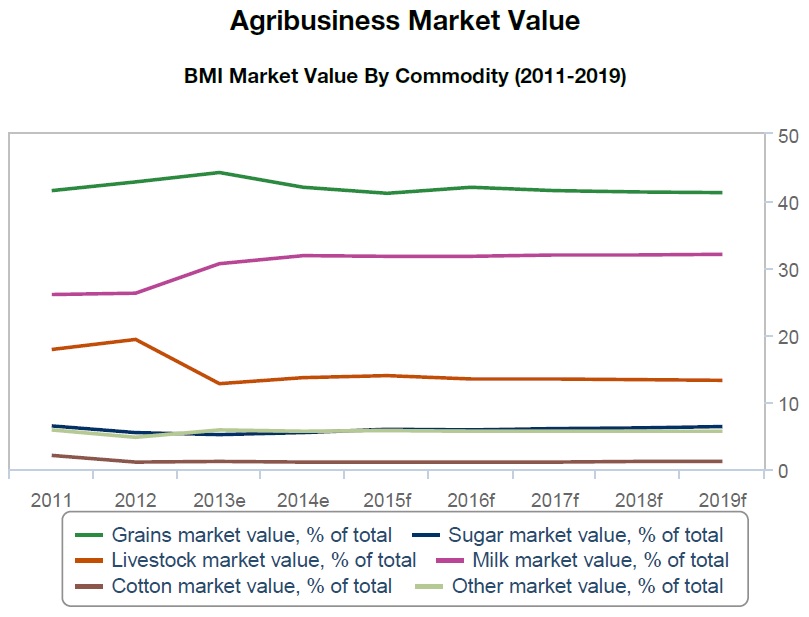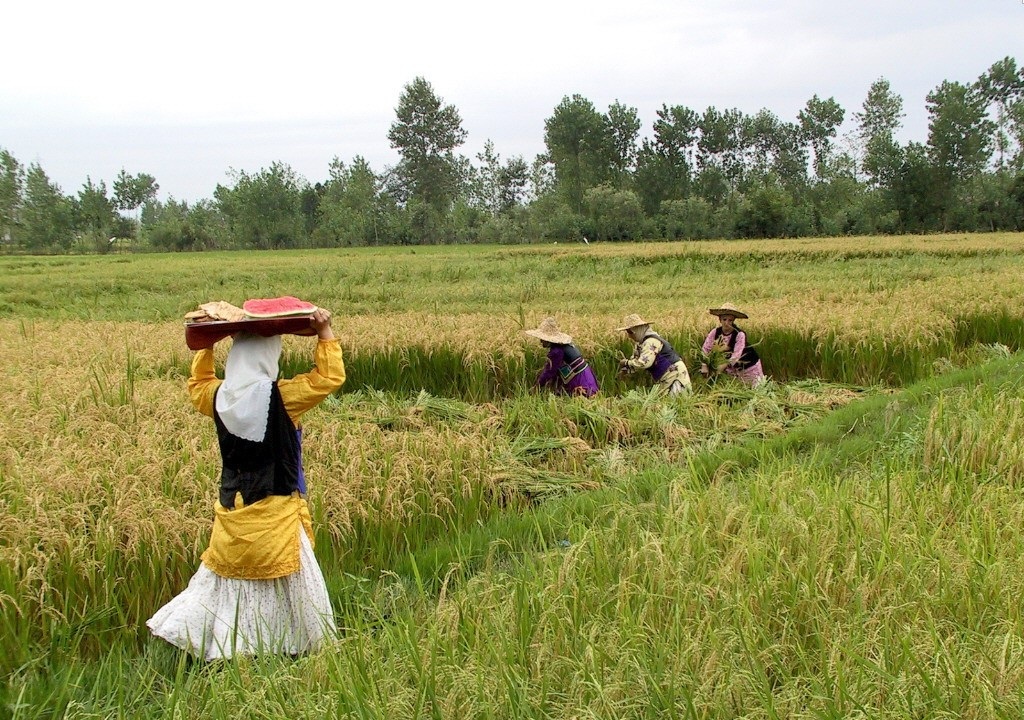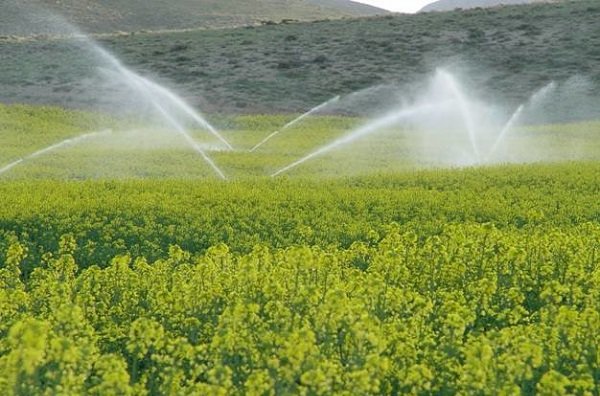کسب و کار کشاورزی در ایران- سه ماهه اول 2016
BMI Industry View
BMI View: The landmark Iranian nuclear agreement of July 2015 paves the way for the return to growth of the Iranian economy and for a strong uptick in foreign investment. Consumer demand, including for agricultural products, will be a strong beneficiary. The increased supply of inputs and potential investment in capacity and infrastructure will improve the outlook for agricultural production growth in the country.
However, such a development will depend on the country doing some key modernisation investment, particularly in irrigation, as Iran relies heavily on the vagaries of the weather. Therefore, production expansion will be slower than consumption growth in the coming years and Iran will remain a large and growing importer of key commodities.

Key Forecasts
■ Wheat production growth to 2018/19: 5.0% to 15.1mn tonnes. Wheat yields are expected to improve owing to the modernisation of technology, with the use of hardier grains variants, greater access to relevant inputs and a larger area of the country benefiting from new irrigation facilities.
■ Sugar consumption growth to 2019: 27.6% to 3.0mn tonnes. Sugar demand will be mainly driven by population growth, as well as the improved macroeconomic conditions following the lifting of sanctions.
■ Poultry production growth to 2018/19: 13.1% to 927,800 tonnes. Growth will be driven by domestic demand and the effects of increased investment.
• BMI universe agribusiness market value: USD68.9bn in 2016 (up 6.3% compared with 2015, growth forecast to average 3.8% annually between 2016 and 2019).
■ 2016 real GDP growth: 2.9% (up from 0.6% expected in 2015; predicted to average 3.6% from 2016 to 2019).
■ 2016 consumer price inflation: 18.0% y-o-y (up from 23.0% expected in 2015; predicted to average 14.0% y-o-y from 2016 to 2019).

Key Developments
The landmark Iranian nuclear agreement reached in Vienna on July 14 2015 paves the way for the return to growth of the Iranian economy and for a strong uptick in foreign investment, with consumer sectors a strong beneficiary. Almost all economic sanctions will be lifted at the beginning of 2016. Western food and drink majors will benefit from the end of sanctions in the banking, insurance and transport sectors. The end of shipping and banking sanctions will lower the costs of doing business in Iran - although we caution that various operating risks remain. We also expect the end of sanctions to have a positive impact on consumer onfidence. In the agribusiness space, the livestock and dairy sectors are likely to benefit.
The longer term outlook is improving for Iran's agriculture, amidst the upcoming lifting of international sanctions in 2016. Agricultural production in general is likely to benefit from easier access to cheap inputs, hich will help yields improve. However, such an improvement depends on the country doing some key modernisation investment, particularly in irrigation, as Iran relies heavily on the vagaries of the weather.
The lifting of sanctions will have a more rapid and direct impact on agricultural consumption, as food price inflation is likely to ease significantly, from currently very elevated levels. Because of these dynamics, Iran's dependence on imported grains, sugar, dairy and livestock will grow over the medium term.
With the lifting of the sanctions, Iran is likely to re-diversify its import sources. Although food products were not targeted by sanctions, the restrictions made deals and payments between traders difficult.

Therefore Iran has been increasingly relying on Indian exports - for both food and non-food products – as the country did not back the sanctions and was one of the few countries to have a barter trade system and other payment mechanisms with Iran, which helped India to import oil from Iran, and export rice and other items. India became Iran's largest provider of basmati rice and soymeal according to local sources. The lifting of the sanctions pose a clear risk for Indian exports, as Iran will most likely look to import from a larger set of suppliers again, turning to traditional exporters Thailand and Pakistan for rice. For sugar, Iran will increase imports from Brazil.

